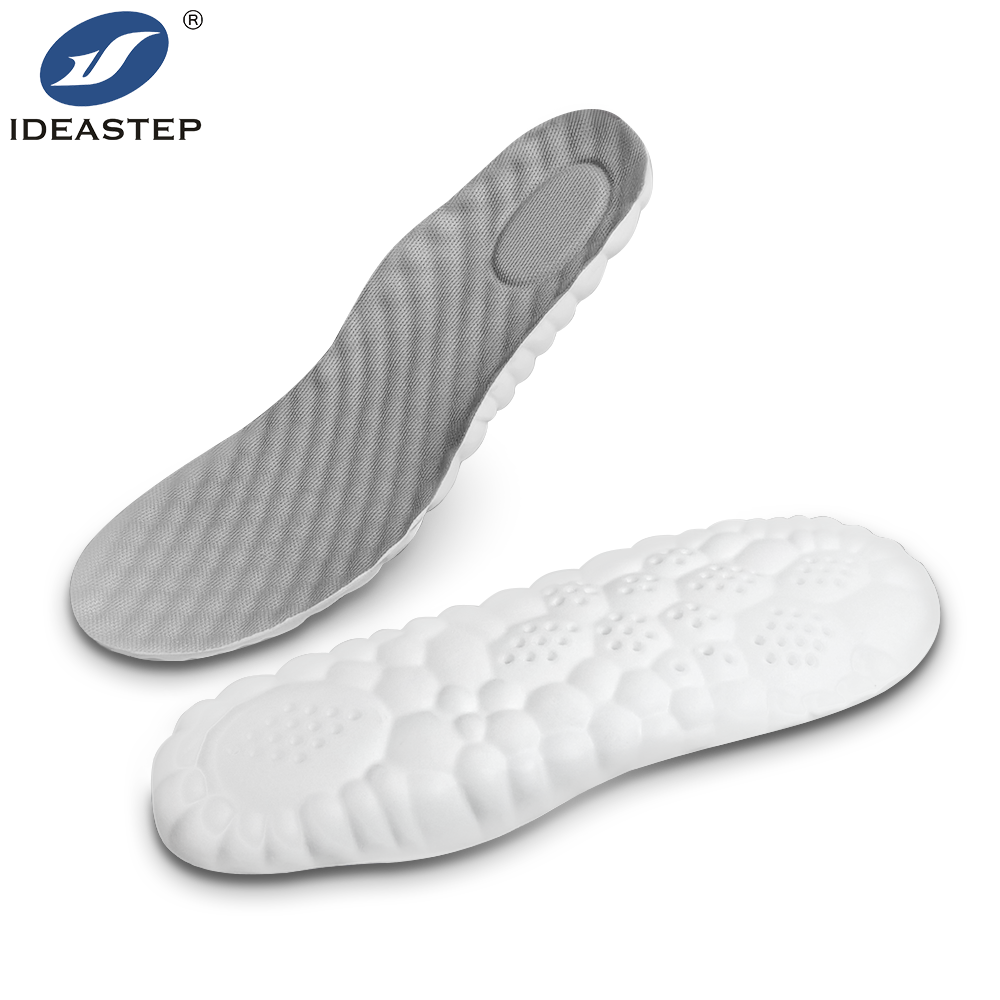The issue of flat feet, or fallen arches, is one that affects a significant percentage of the population. This condition can lead to pain, discomfort, and limited mobility, particularly during physical activities. As a result, individuals with flat feet often struggle to participate in sports and other physical activities. However, advancements in footwear technology have led to the development of sports insoles specifically designed for individuals with flat feet. These insoles aim to provide support, comfort, and stability, enabling individuals with flat feet to participate in sports more easily. In this paper, we will explore the characteristics of the population that would benefit most from sports insoles for flat feet and the key factors that should be considered when prescribing or purchasing these insoles.

The targeted population for sports insoles for flat feet typically includes individuals who:
Suffer from flat feet or fallen arches, a condition that impairs foot function and stability during physical activities.
Experience pain or discomfort in their feet during sports or other physical activities due to lack of support or improper shoe fit.
Have difficulty achieving proper balance or stability during sports due to flat feet.
Are looking for a solution to improve their performance or participation in sports without the limitations caused by flat feet.
When prescribing or purchasing sports insoles for flat feet, it is important to consider several key factors:
Customization: Insoles should be custom-fitted to the individual’s foot shape and arch type to provide the most precise level of support and comfort. Customization ensures a better fit and maximizes the effectiveness of the insole.
Material: The insole material should provide sufficient cushioning and shock absorption to reduce pain and discomfort during activities. It should also be breathable and moisture-wicking to maintain a dry environment within the shoe.
Stability: The insole should provide adequate support to the arch of the foot, improving stability and balance during physical activities. This support helps to reduce the risk of injuries related to falls or improper landing techniques.
Comfort: The insole should be comfortable and not cause any pressure points or discomfort during activities. Comfort is essential for encouraging individuals to wear the insoles and participate in sports regularly.
Durability: The insole should be durable and able to withstand repeated use and rigorous activities without significant wear and tear. Durability is crucial for ensuring longevity and value for money.
Price: The cost of the insoles should be reasonable and within budget constraints, making them accessible to a wide range of individuals with flat feet who could benefit from them.
In conclusion, sports insoles for flat feet can provide a solution for individuals with this condition who struggle with pain, discomfort, limited mobility, or poor balance during physical activities. By considering the key factors mentioned above, individuals can find the perfect sports insoles that cater to their specific needs, enabling them to participate in sports more easily and without fear of pain or injury.
